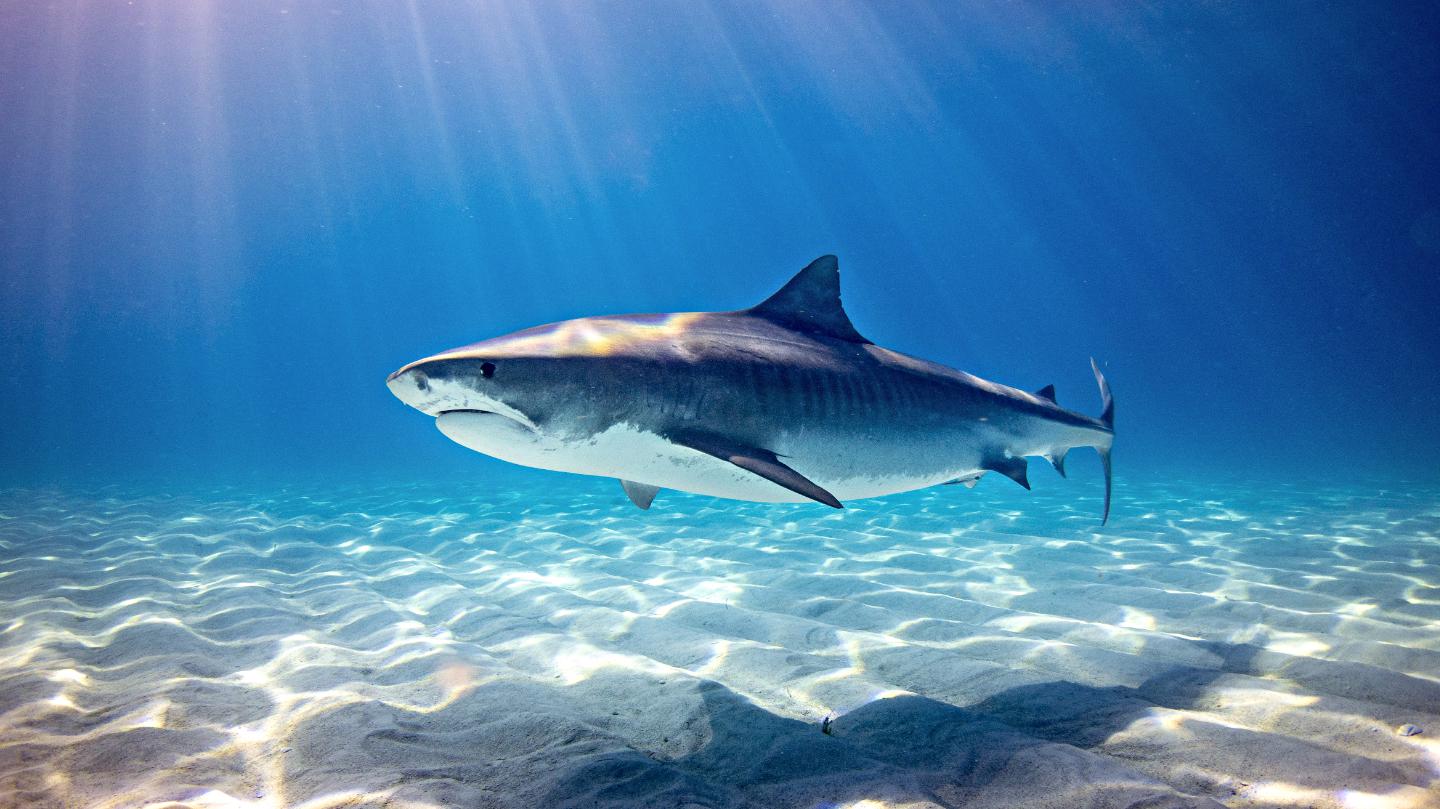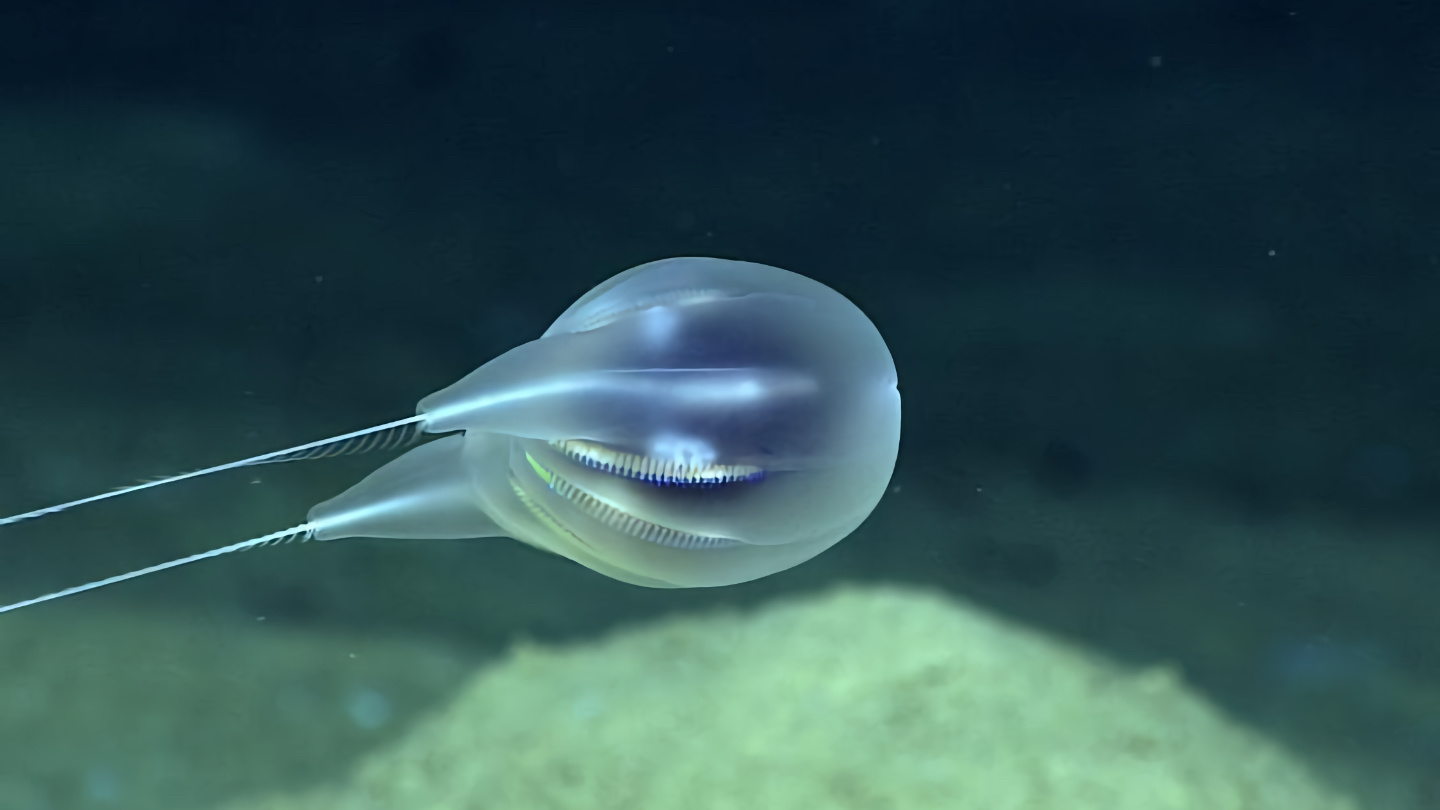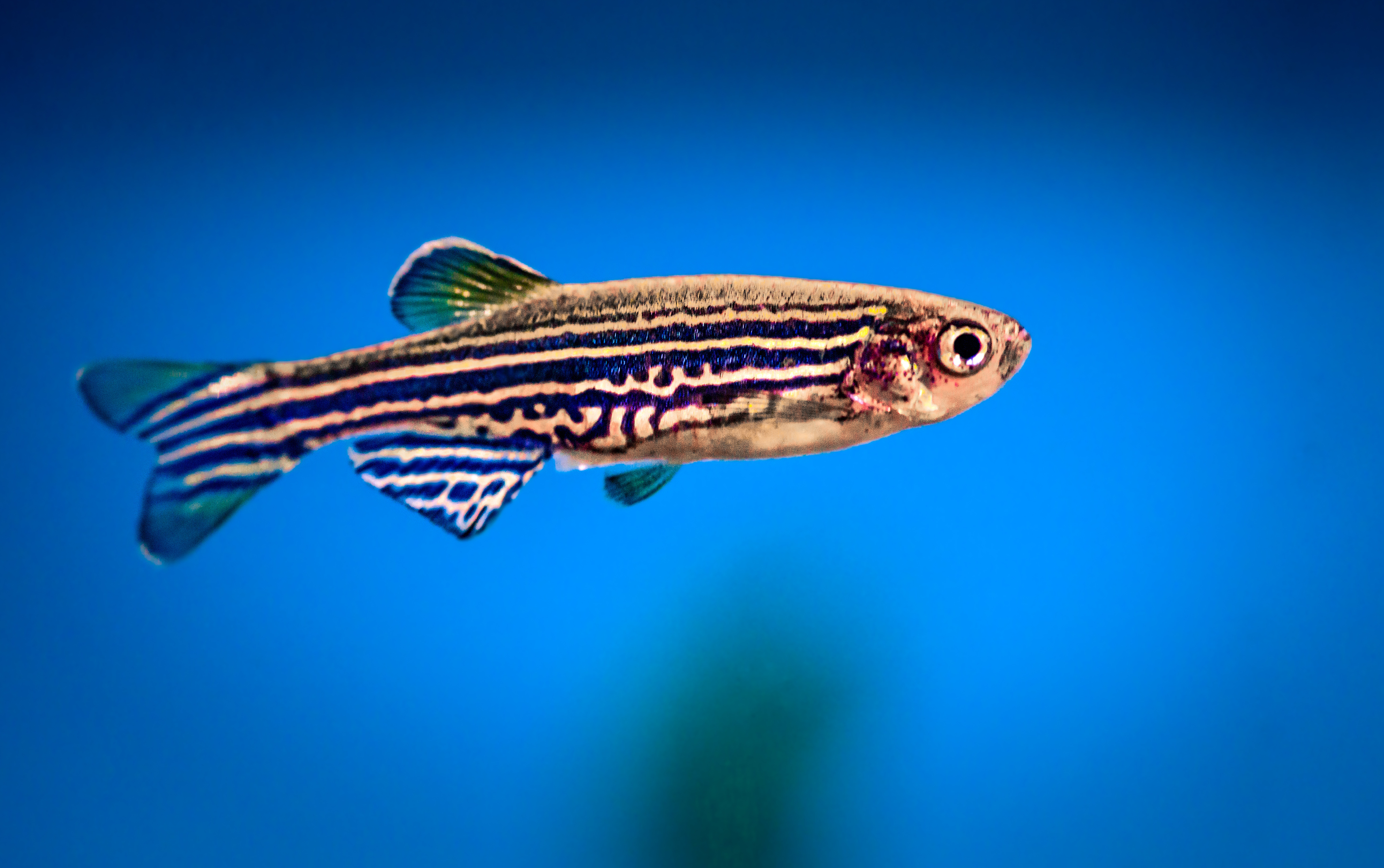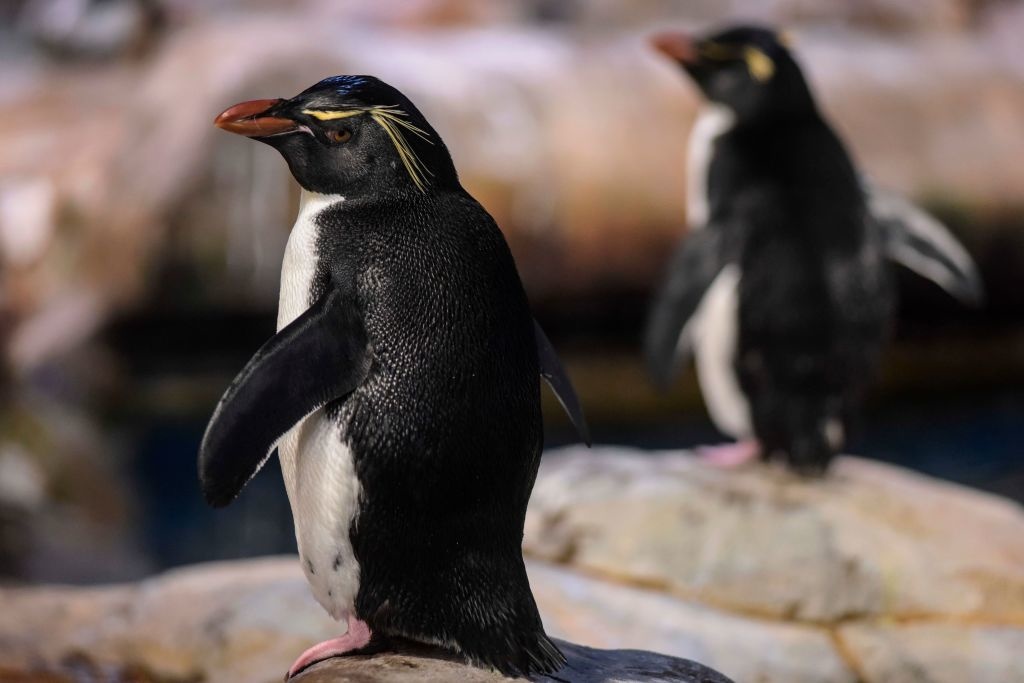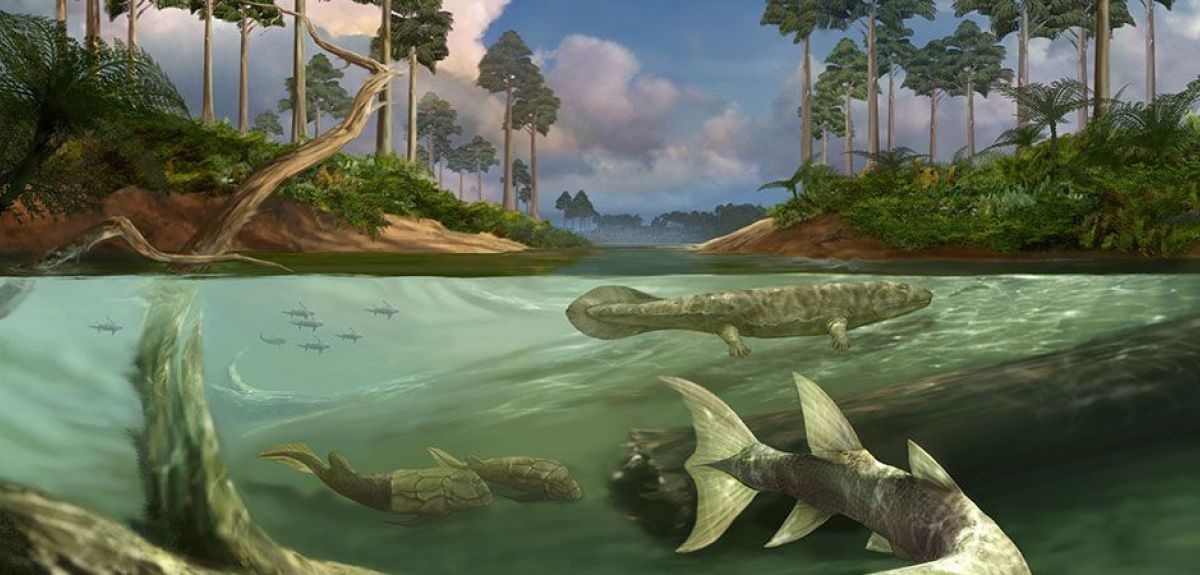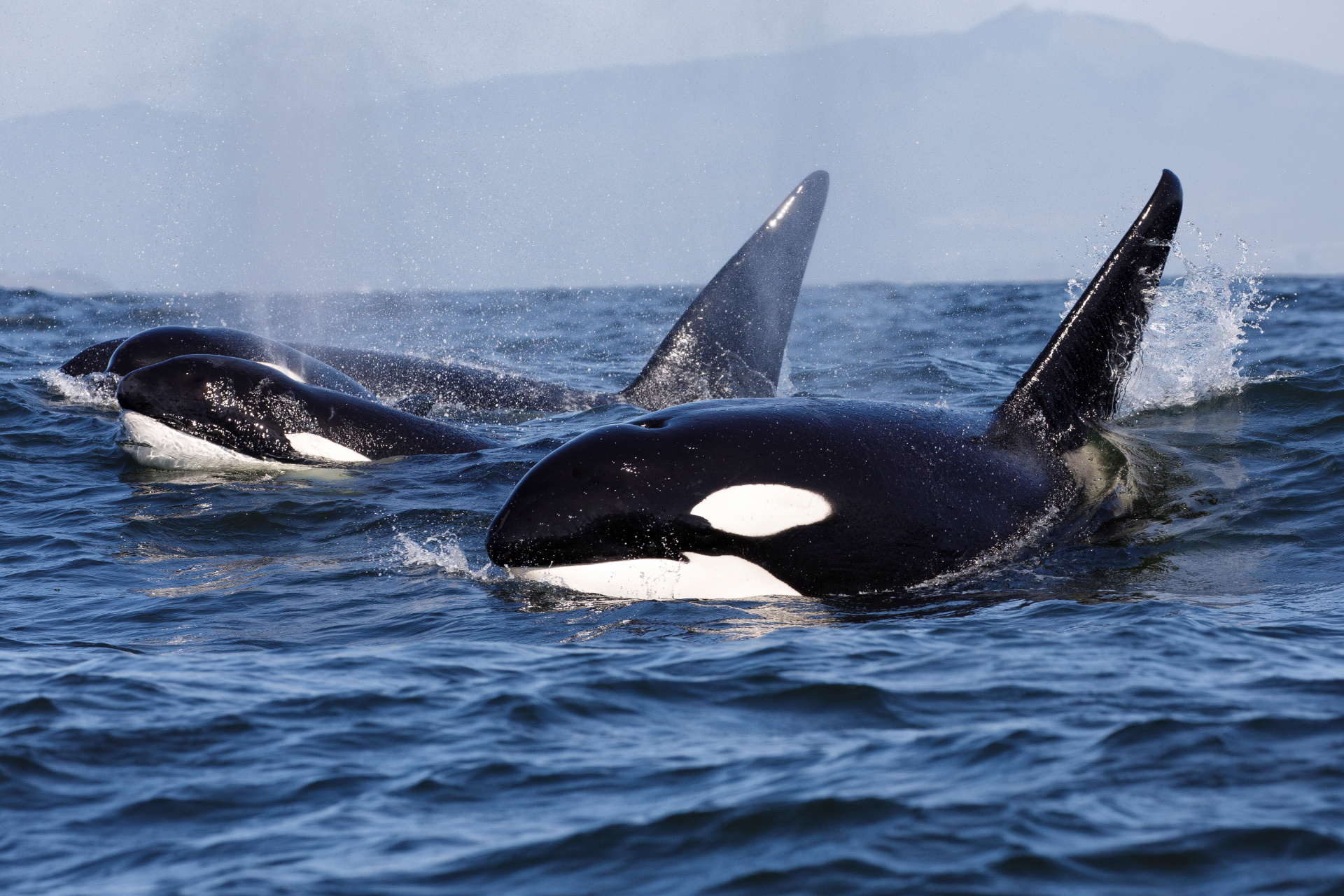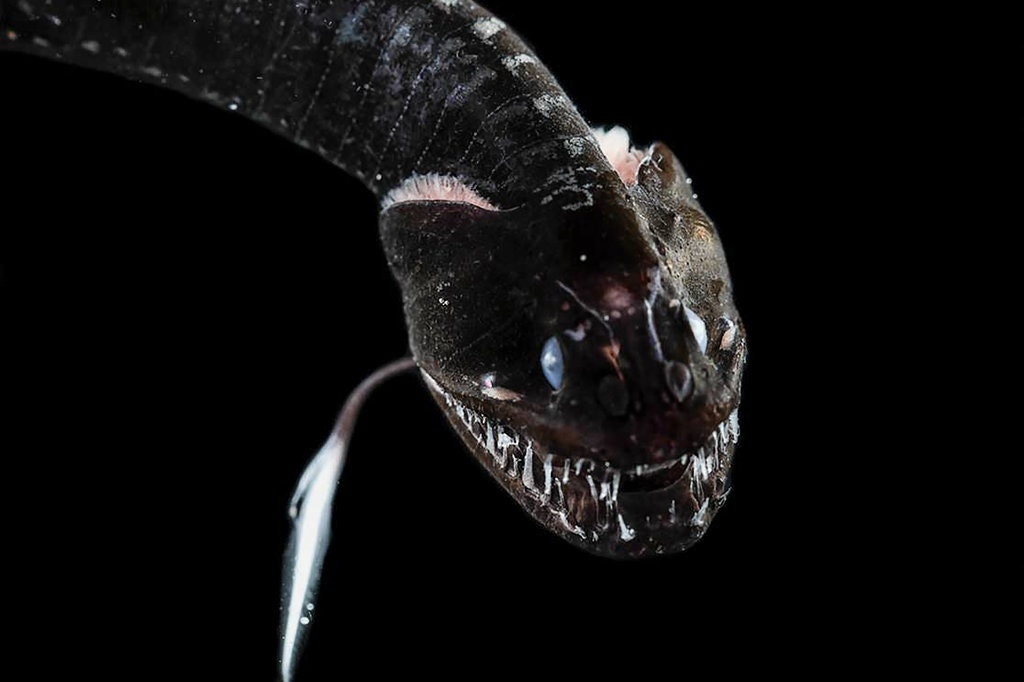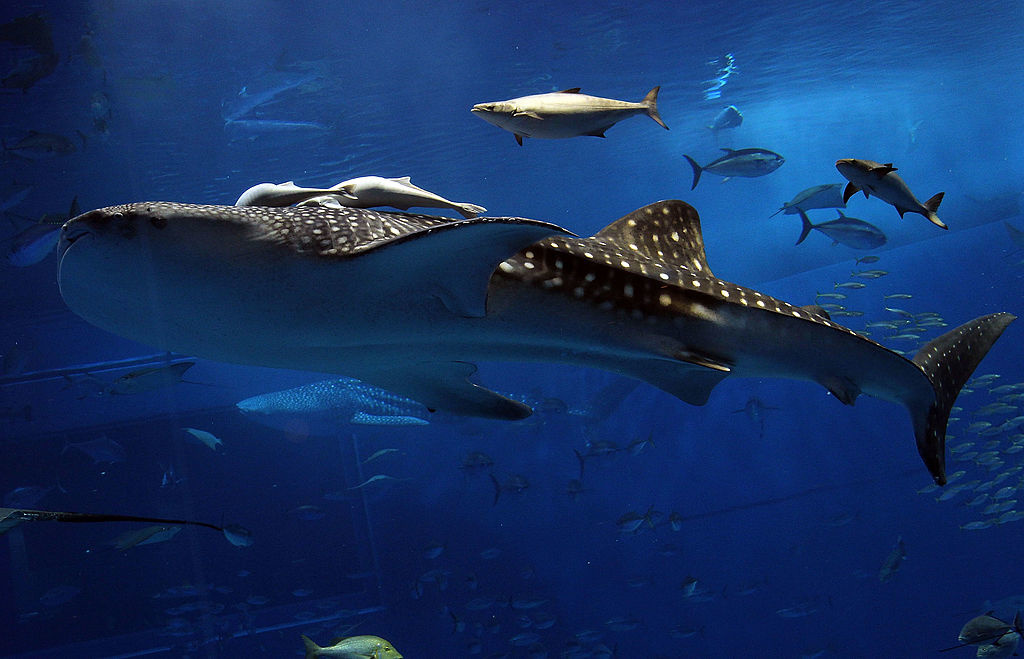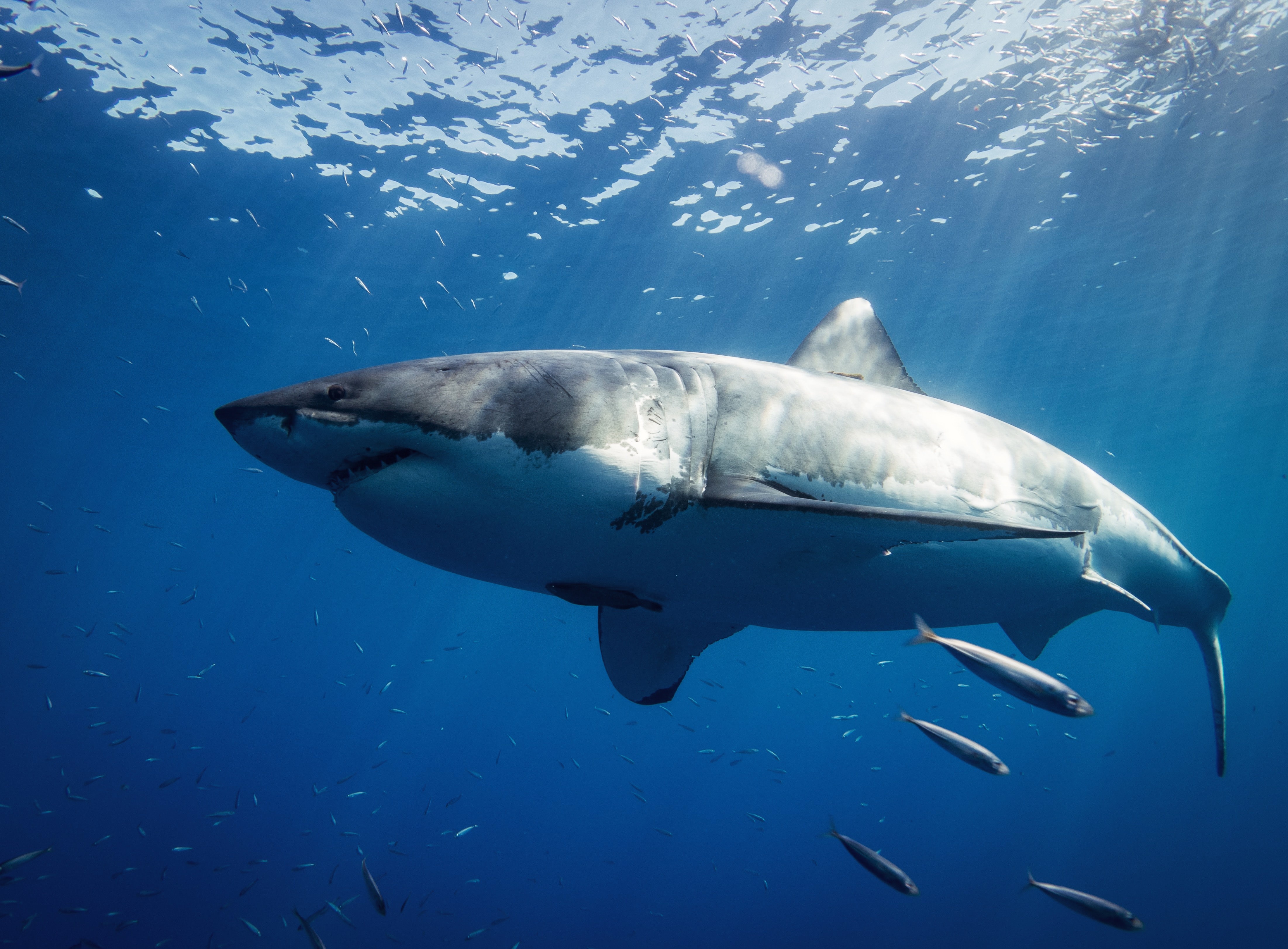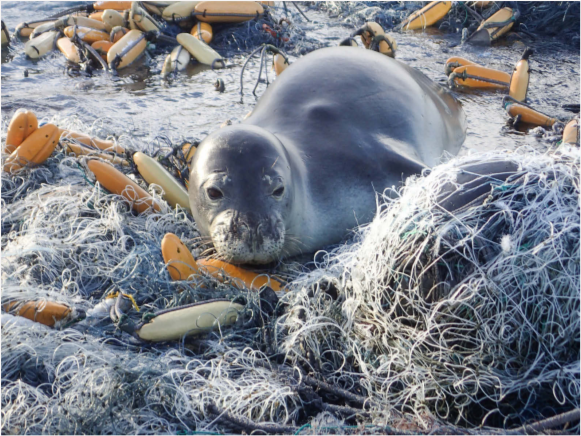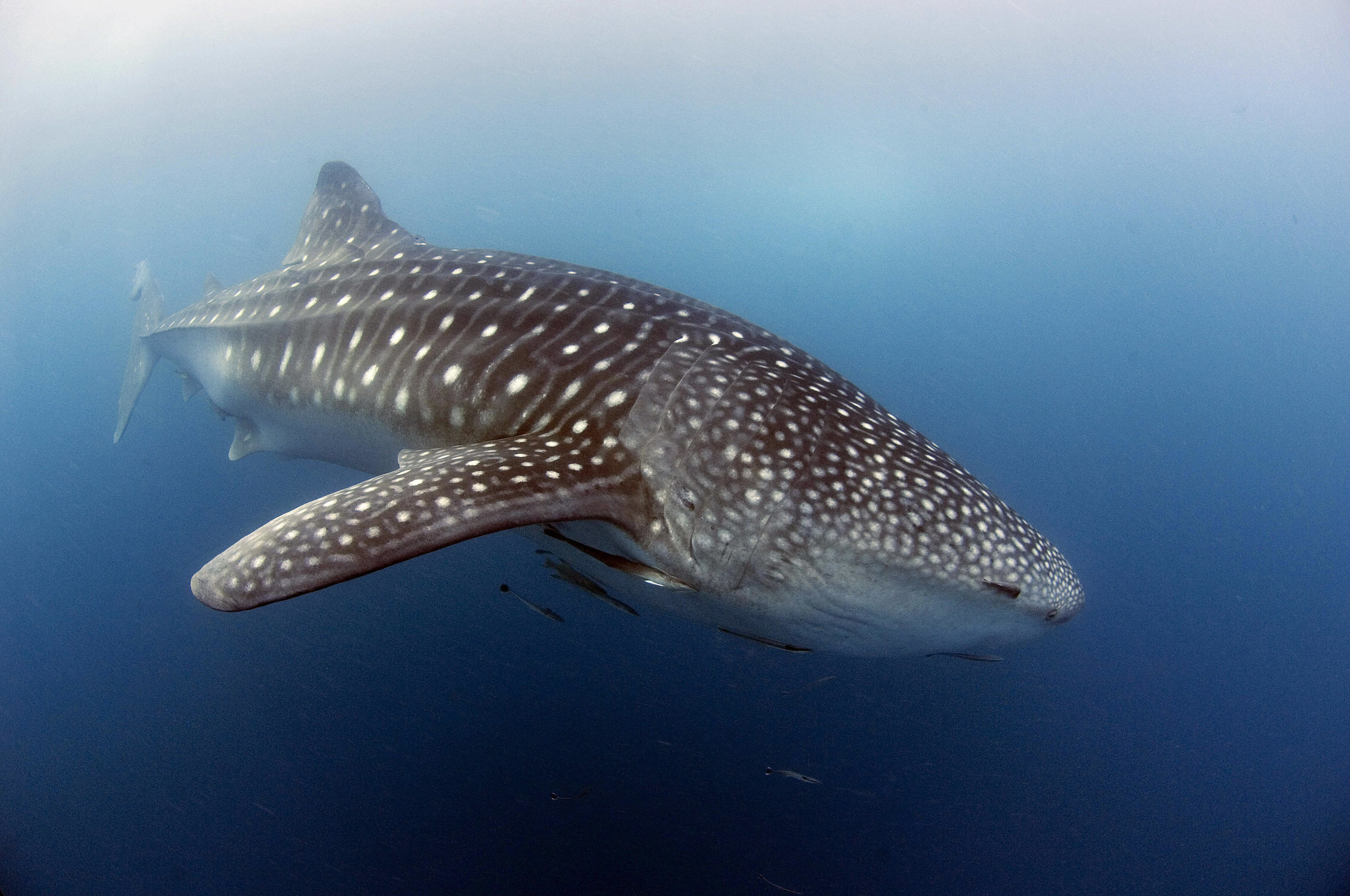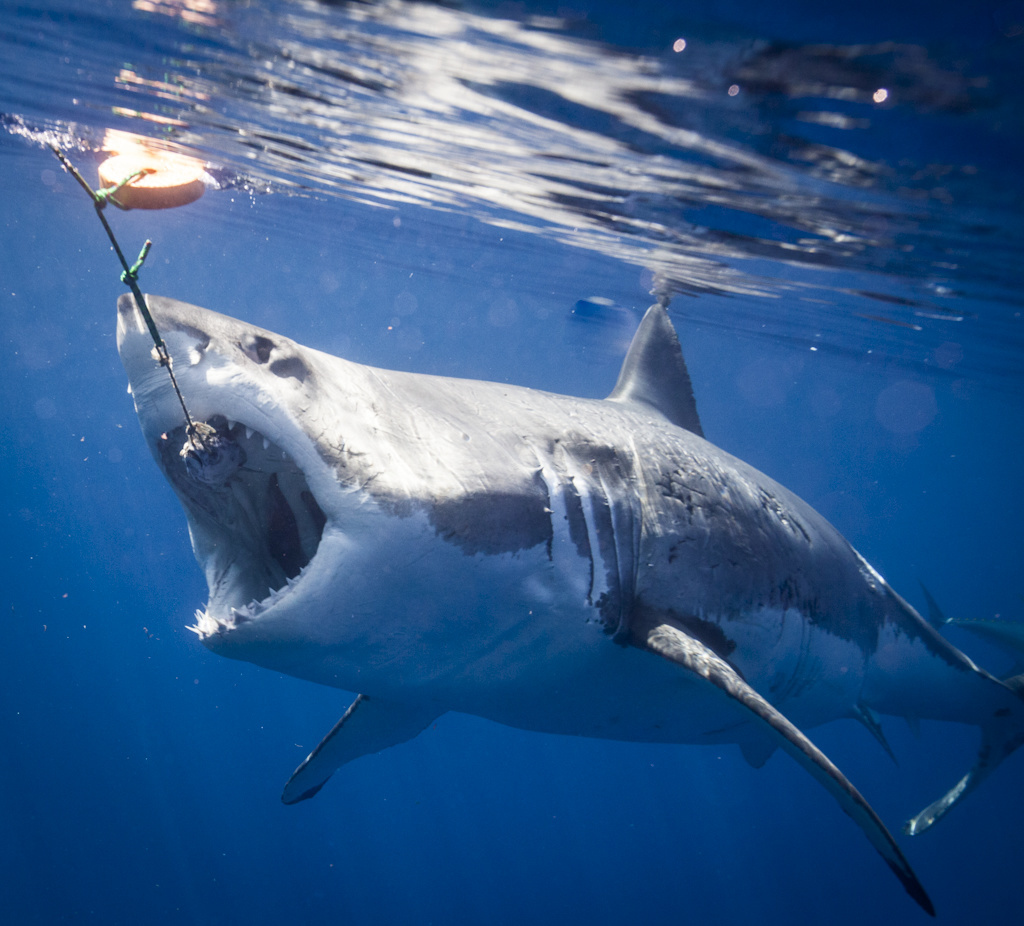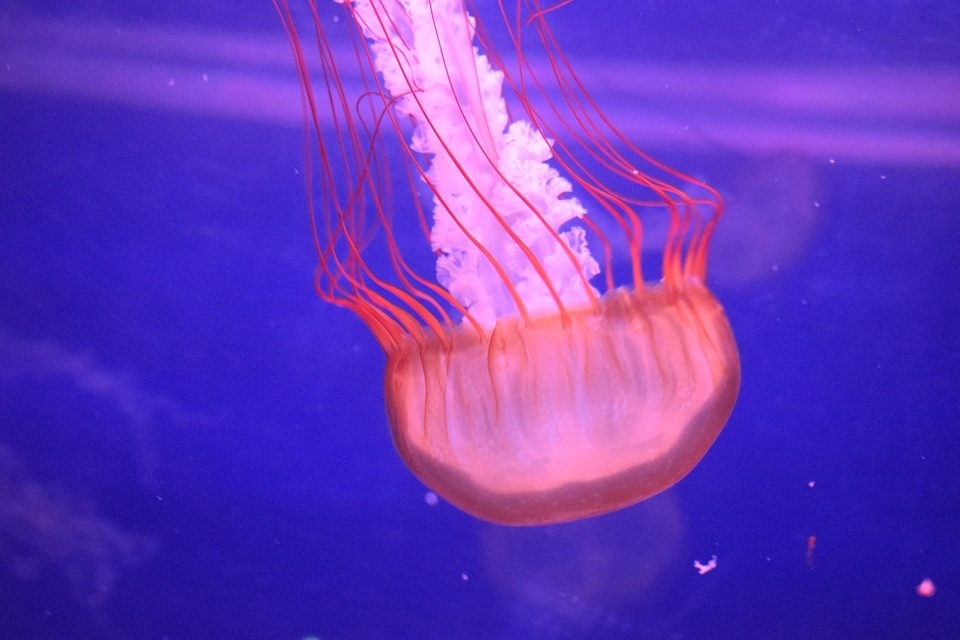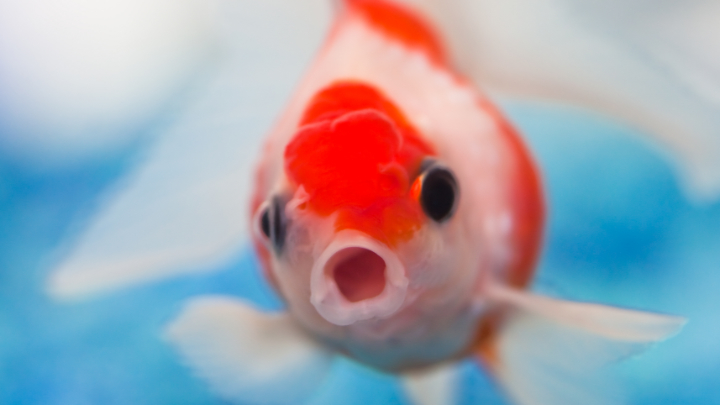fish
A new tuna robot leads the way to more agile underwater robots and drones.
Evolution proves to be just about as ingenious as Nikola Tesla
Starling flocks, schools of fish, and clouds of insects all agree.
Exceptionally high-quality videos allow scientists to formally introduce a remarkable new comb jelly.
These tiny fish are helping scientists understand how the human brain processes sound.
One of the world’s most isolated island groups has just been made one of the world’s largest ocean reserves.
Researchers find a key clue to the evolution of bony fish and tetrapods.
An overfished planet needs a better solution. Fortunately, it’s coming.
Sharks fear killer whales. How does this impact the ecosystems they share?
These alien-like creatures are virtually invisible in the deep sea.
The ocean’s largest shark relies on vision more than previously believed.
Scientists are befuddled by where the shark gets most of its food.
The researchers hope to develop a no-trace plastic to curtail marine pollution and ghost fishing.
Nuclear weapons, whale sharks, and how to use both to make eco-tourism more sustainable.
A new finding suggests Neanderthals were far from the big dumb brutes we make them out to be.
A new study says that it could be centuries before millions of the classic toys submerged in the Earth’s seas disintegrate.
One often-neglected result of climate change is ocean acidification. If this process continues, we may start to see fewer fish and more jellyfish.
Can sensitive coral reefs survive another human generation?
▸
3 min
—
with
The technology is poised to change how many companies operate.
▸
8 min
—
with
Can learning about the great white shark help protect us from cancer?
Think you’ve seen sand? You haven’t seen sand.
More farm space equals more carbon.
Antidepressants are destroying underwater ecosystems, which we in turn eat.
Scientists realize that fish are sentient and intelligent, though unfortunately, they also get depressed.

